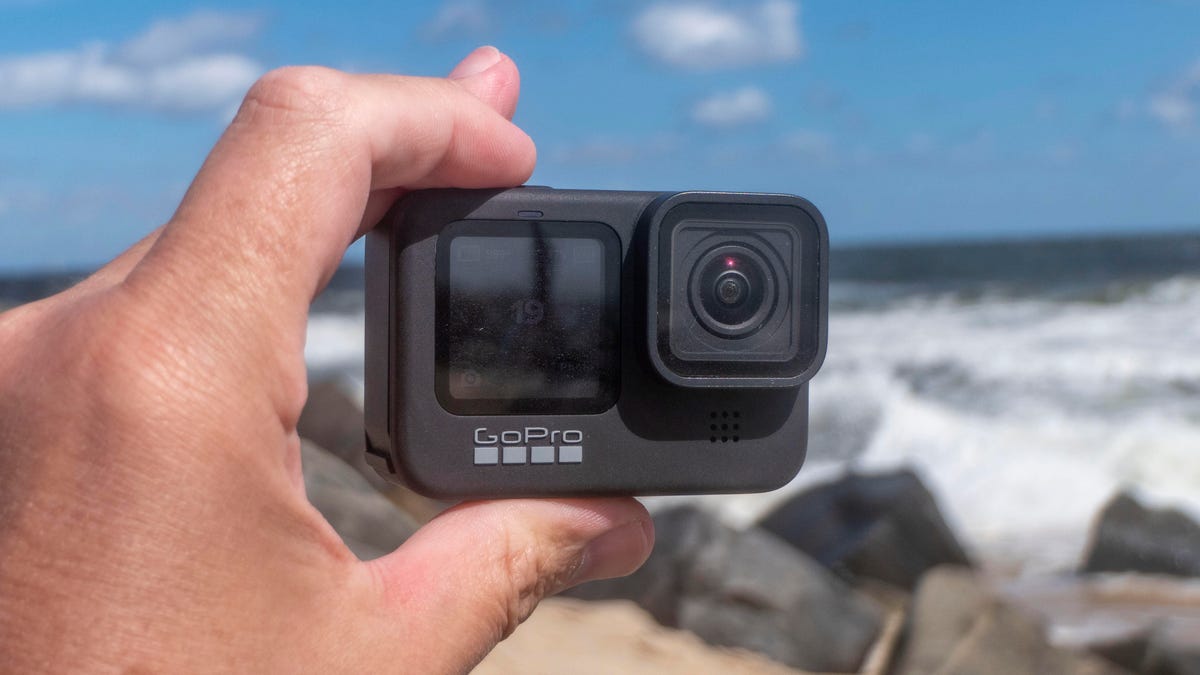Expert Tips for Securing Your Action Camera on a Helmet for Perfect Shots
As a professional photographer, capturing thrilling adventures and stunning shots is part of your passion. Mastering how to fix an action camera on a helmet can significantly elevate your filming experience and deliver exceptional results. From getting the optimal view to safely securing your gear, this comprehensive guide has you covered.

Why Fixing an Action Camera on a Helmet is Crucial
Helmet-mounted action cameras offer a unique perspective, aligning perfectly with the photographer's eye view. This mounting method ensures that you capture every movement, offering a true representation of the experience. Additionally, it provides enhanced stability compared to handheld filming, reducing shaky footage.
Choosing the Right Action Camera Mount
Selecting the appropriate mount for your action camera is the first critical step. Several types of mounts cater to different needs and camera models.
- Adhesive mounts: Ideal for permanent placement and provide a strong hold.
- Strap mounts: Versatile and easily adjustable, great for temporary setups.
- Clip mounts: Provide quick and easy detachment and attachment.
Ensure that the mount you select is compatible with your helmet and action camera model. This compatibility will guarantee a secure fit and optimal performance. For more detailed information on mounts, visit Action Camera Care Tips.

Preparing Your Helmet
A properly prepared helmet is essential to ensure the camera mount holds securely. Follow these steps to get your helmet ready:
Clean the Surface
Dirt, dust, and grease can reduce the effectiveness of adhesive mounts. Clean your helmet with a mild cleaner and ensure it is completely dry before attaching the mount. For more cleaning tips, check clean the camera's body.
Choose the Optimal Position
Choosing the right position is vital for capturing the best footage. Common positions include the top, side, and chin areas of the helmet. Each of these offers distinct angles and perspectives.
- Top Position: Provides a balanced and centered view.
- Side Position: Offers an asymmetric view, capturing more background.
- Chin Position: Mimics the eye-level view and is less obtrusive.

Mounting the Camera
Once you've chosen your mount and helmet position, it's time to secure your camera. Follow these steps to ensure a firm and stable attachment:
Securing an Adhesive Mount
Adhesive mounts provide a strong and reliable hold but require precise placement.
- Align the mount on the intended spot.
- Press firmly to ensure full contact with the helmet surface.
- Allow the adhesive to set as per the manufacturer's instructions.
Using a Strap Mount
Strap mounts are easier to adjust and reposition:
- Place the mount over the helmet.
- Tighten the straps securely, ensuring minimal movement.
- Adjust the camera angle as needed.

Adjusting the Camera for Perfect Shots
Once your camera is securely mounted, you'll need to make sure it's correctly aligned to capture the best footage. Consider the following adjustments:
Horizontal and Vertical Alignment
Ensure that your camera is not tilted and is level with the horizon. Most action cameras come with a live-view feature, enabling you to check the alignment in real-time. For setup assistance, refer to connect WiFi action camera.
Field of View
Most action cameras have different field of view settings, from narrow to wide. Choose a view that best suits the type of activity and the story you want to tell. A wide-angle lens typically works well for immersive shots.
Testing and Troubleshooting
Before heading out for your shoot, conduct a thorough test of your setup. Wear the helmet with the mounted camera and walk around to ensure there are no loose parts or obstructions.
Review Test Footage
Review the test footage to check for any issues such as excessive shakiness, poor angles, or unexpected obstructions. Make any necessary adjustments to your camera mount or settings and retest if needed.
Maintaining Your Setup
Regular maintenance of both your camera and helmet mount is essential to ensure longevity and performance. Clean your mount and helmet periodically and check for any signs of wear and tear.
Storage
When not in use, store your camera and helmet in a dry and safe place to avoid damage. Pay particular attention to the mount, ensuring it remains free from dust and debris.
Periodic Checks
Perform regular checks on your equipment to ensure everything is in good working order. Inspection of the adhesive mounts for loss of stickiness or strap mounts for wear and tear is crucial.
Advanced Techniques for Professional Shots
As a professional, you're always looking to push the boundaries. Advanced techniques can help you achieve even more dynamic and compelling footage.
Utilizing Multiple Cameras
For more comprehensive coverage, consider using multiple cameras mounted at different positions. This setup can provide multi-angle shots, adding depth to your final footage.
Editing Tips
Post-production is where the magic happens. Use editing software to fine-tune your clips, stabilize footage, and add effects or transitions that enhance the viewing experience. Explore more editing tips at action cam shot tips.
Frequently Asked Questions
What is the best type of camera mount for professional use?
Adhesive mounts are highly recommended for professional use due to their secure grip and durability. However, it depends on the activity and personal preference.
How do I prevent my camera from shaking?
Ensure that the mount is securely attached and use stabilization features available in your camera or editing software to minimize shake.
Can helmet-mounted cameras be used in all weather conditions?
Yes, most action cameras are designed to be weather-resistant. Ensure that your camera and mounts are rated for the specific conditions in which you plan to shoot.
As an Amazon Associate, I earn from qualifying purchases.

